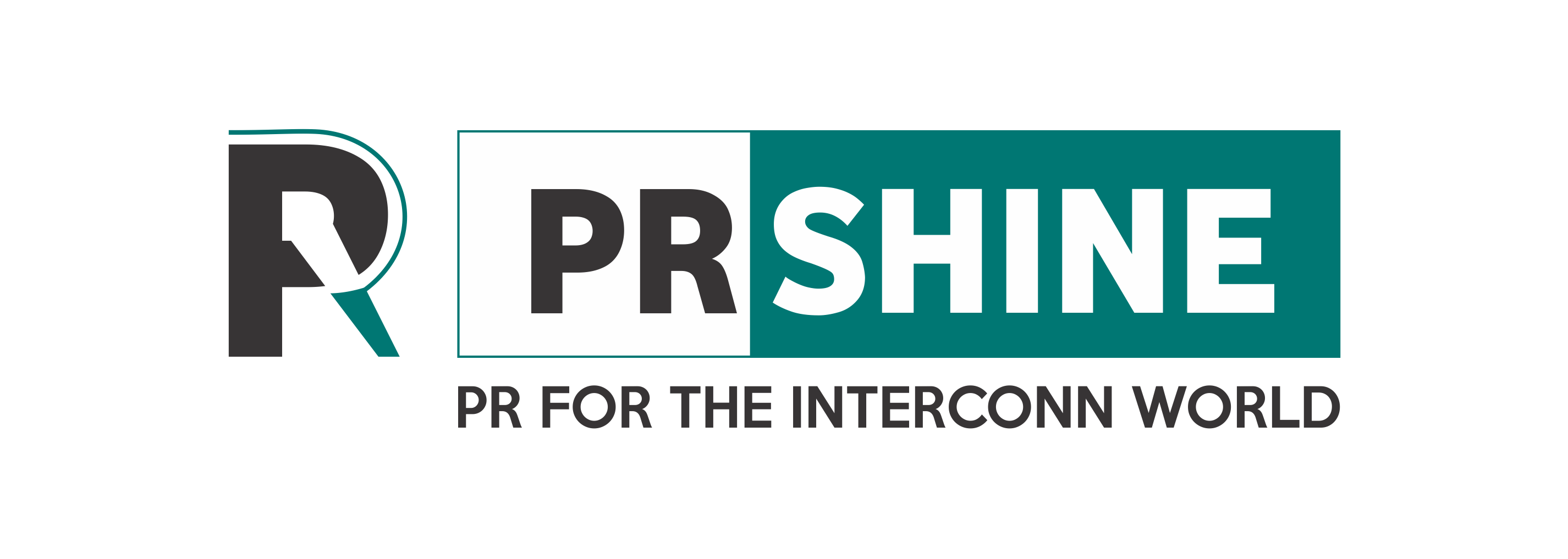Interview Questions for a Web Developer
Learn the Essentials of Website Design Course with the Best Website Design Training Institute in Pune

Job Interview can be difficult, specially if you are an entry level Web Developer. However, preparing yourself for frequently asked questions may help you to avoid any difficulties.
If you already know the potential questions and answers the it will boost your confidence for the Interview and eventually you will end up making a positive impression in the interview.
In this post we will go through some of the most common interview questions & their answers for web developer.
Learn the Essentials of Website Design Course with the Best Website Design Training Institute in Pune
- What Made You Pursue Career In Web Development?
If you are a fresher web developer then you might get asked this question frequently. Whatever your story is, find an interesting way to show your passion for coding, and how that will be of benefit to your prospective employer.
- What Is The Difference Between Client-Side And Server-Side Scripting?
Client-side scripting refers to scripts that run on the user's browser. These scripts are downloaded to the user's computer along with the web page content, and executed there. Examples of client-side scripting languages include JavaScript, HTML, and CSS. Client-side scripting is often used to create dynamic effects and user interactions on web pages, such as pop-up windows, and animations. Server-side scripting, on the other hand, refers to scripts that run on the web server. These scripts generate the web page dynamically, and the resulting HTML is sent to the user's browser for display. Examples of server-side scripting languages include PHP, Ruby on Rails, and Python. Server-side scripting is often used for creating web applications that require more complex processing, like e-commerce sites.
- What Programming Languages Are You Proficient In?
To answer this question, you need to be proficient in any one programing language before you appear for any interview and whenever this question is asked without hesitation speak about the language that you are most confident in.
- Describe Your Experience With Front-End Development Technologies Such As HTML, CSS, And JavaScript.
“Practice makes man perfect” we must have heard this saying many times. To be a web developer you need to master HTML, CSS and JavaScript skills as this are the important languages for any web application development process. Describe any mini or major project that your have completed recently and confidently talk about it.
- Explain The Difference Between HTML And XHTML – Short Answer.
HTML (Hypertext Markup Language) and XHTML (Extensible Hypertext Markup Language) are both markup languages used to create web pages. XHTML is stricter and more structured than HTML, but it also requires more attention to detail when writing code. HTML is more forgiving and easier to learn, but it may not be suitable for creating complex web applications.
- What Is A Web API? Explain The Process Of Integrating A Third-Party API Into Your Web Application?
A web API (Application Programming Interface) is a set of protocols and tools that allow different software applications to communicate with each other over the internet. Essentially, it is a way for different software systems to exchange data and functionality, without requiring direct access to each other's code. Web APIs are commonly used to enable third-party developers to build applications that integrate with existing systems or services. They typically use standard HTTP requests and responses, and can be accessed using programming languages such as JavaScript, Python, and Ruby.
Process of integrating a third-party API into your web application: The process of integrating a third-party API into a web application involves researching the API, obtaining API credentials, testing the API, integrating the API into the application, handling errors, optimizing performance, and monitoring usage.
- Explain The Difference Between HTTP And HTTPS? Why Is HTTPS Important For Web Security?
HTTP: HTTP is the standard protocol used for transferring data between a web server and a web client, such as a web browser. It is a clear-text protocol, which means that the data sent between the server and the client is not encrypted, making it susceptible to interception and modification by attackers. HTTP operates on port 80 by default.
HTTPS: HTTPS, on the other hand, is an encrypted version of HTTP that uses SSL/TLS (Secure Sockets Layer/Transport Layer Security) to encrypt the data sent between the server and the client. HTTPS provides a secure and encrypted connection, which makes it much more difficult for attackers to intercept or modify the data being transmitted. HTTPS operates on port 443 by default.
Why is HTTPS important for web security? HTTPS is important for web security because it encrypts data being transmitted between a web server and a client, provides data integrity, authentication, and helps prevent man-in-the-middle attacks. It's also a ranking signal for search engines, making it important for search engine optimization.
- What Is Your Experience With Testing And Quality Assurance In Web Development?
Testing and quality assurance in web development are crucial for ensuring that web applications function as expected and meet user requirements. It involves testing for functionality, usability, security, and performance, as well as conducting quality checks to identify and address any defects or issues. Best practices include creating a testing plan, using automated testing tools, conducting user acceptance testing, performing security audits, and continuously monitoring and improving the application.
- What Are The Differences Between A GET And A POST Request?
GET: A GET request is used to retrieve data from a server. When a GET request is sent, the data is encoded in the URL as a query string, which is visible in the address bar of the browser. This makes it easy to share and bookmark the URL. GET requests are typically used for retrieving static content, such as HTML, CSS, and JavaScript files.
POST: A POST request, on the other hand, is used to submit data to a server. When a POST request is sent, the data is sent in the request body, which is not visible in the address bar of the browser. POST requests are typically used for submitting form data, uploading files, or performing any action that modifies server-side data.
- Explain The Box Model In CSS?
The box model in CSS is a concept that defines how elements are displayed on a web page. It consists of four components: content, padding, border, and margin. These components are displayed as a rectangular box, with the content inside and the padding, border, and margin outside. The box model determines how elements are sized and positioned on the page, and designers can adjust the values of each component to control the spacing and layout of their web pages.
- What Is A Responsive Design? How To Create Responsive Design For A Web Application?
Responsive web design is an approach to web design that aims to create websites that can adapt to different screen sizes and devices, such as smartphones, tablets, and desktop computers. It involves using techniques such as flexible grids, responsive images, and media queries to adjust the layout and content of a website based on the screen size of the device being used. The goal of responsive web design is to provide a seamless and optimal user experience across all devices, without the need for separate mobile and desktop versions of a website.
- How to create responsive design for a web application?
By following below steps you can create responsive design for web application.
- Use a responsive web design framework, such as Bootstrap or Foundation, to save time and effort.
- Use flexible grids, which allow you to create layouts that can adjust to different screen sizes.
- Use responsive images, media queries, and relative units for font sizes and element sizes.
- Test your design on different devices and screen sizes to ensure that it looks and functions correctly on all devices.
- What Is AJAX? How Does It Work In Web Development?
AJAX stands for Asynchronous JavaScript and XML. It is a technique for creating dynamic and responsive web pages by sending and receiving data asynchronously with the server without having to reload the entire page. With AJAX, web applications can update content dynamically, without requiring the user to manually refresh the page. It allows for a more seamless and faster user experience, as well as reducing the amount of data transferred between the client and server. AJAX uses JavaScript to make requests to the server and manipulate the content on the page in real-time, and can use various data formats, not just XML.
- What Are Some Ways To Optimize The Performance Of A Web Application?
Some ways to optimize the performance of a web application are:
Minimizing HTTP requests
Caching
Compressing files
Optimizing images
Minimizing code
Using a content delivery network (CDN)
Implementing lazy loading.
- What Is Your Experience With Server-Side Languages Such As PHP Or Node.Js?
Be genuine while answering this question if you have used it then talk a short summary about it. I you have not then tell the interviewing that “I have not got a chance to work on it yet, I am a fast learner and given opportunity I can learn anything”
- Explain The Databases MySQL Or MongoDB?
MySQL is a relational database management system (RDBMS) that is widely used for web applications. It stores data in tables and enforces relationships between them. It uses SQL (Structured Query Language) for querying and managing the data, which makes it a good choice for applications with complex data relationships.
MongoDB, on the other hand, is a NoSQL database management system that stores data in a document-based format, using BSON (Binary JSON) encoding. It does not enforce relationships between data, making it a good choice for applications with flexible data structures. It also has powerful querying capabilities and supports advanced features like geospatial indexing and aggregation.
- What Are The Techniques Of Debugging A Web Application?
Some techniques of debugging a web application are:
- Console logging
- Breakpoints
- Code review
- Error messages
- Remote debugging
- Unit testing
- Profiling
- What Is ReactJS Or AngularJS?
ReactJS:
ReactJS, developed by Facebook, is a component-based library for building user interfaces. It uses a virtual DOM (Document Object Model) to efficiently render changes to the UI, resulting in faster performance.
AngularJS:
AngularJS, developed by Google, is a complete framework for building web applications. It uses a two-way data binding approach and a component-based architecture for building user interfaces
- Explain CSS Pre-processors Such As SASS Or LESS?
CSS pre-processors such as SASS (Syntactically Awesome Style Sheets) and LESS (Leaner Style Sheets) are tools that extend the capabilities of CSS (Cascading Style Sheets).
These pre-processors allow developers to write CSS in a more organized and efficient way, using features such as variables, functions, and mixins. This makes it easier to maintain and modify the styles of a web application, as changes can be made in one place and applied throughout the entire project.
SASS and LESS both use a syntax that is similar to CSS, with some added features. SASS uses a syntax that is similar to traditional programming languages, with curly braces and semicolons, while LESS uses a more CSS-like syntax with nested rules.
Overall, CSS pre-processors are valuable tools for web developers looking to write more efficient and maintainable CSS code for their web applications.
- Can You Describe A Recent Project You Worked On And What Challenges You Faced?
Again, your genuine nature is really important in the interview so whichever project you have worked on talk about it freely.
- What Is CMS (Content Management System)
A CMS (content management system) is a software application that enables users to create, manage, and publish digital content for websites. It provides an easy-to-use interface with features such as editing tools, media management, content organization, and user management, allowing website owners and content creators to publish content without requiring extensive knowledge of coding or web development.
These are just a few examples of the types of technical interview questions that web developers may have to face. It's important to It's important to prepare ahead of time to be able to explain your skills and experience through coding challenges or examples of past projects. (Link) Best Web Development Course in Pune at CodeShip Technologies is the best option to make a career as a web developer. Here you will learn practical concepts of web development and upon completion of your course you would become a proficient and job ready Website Developer.












